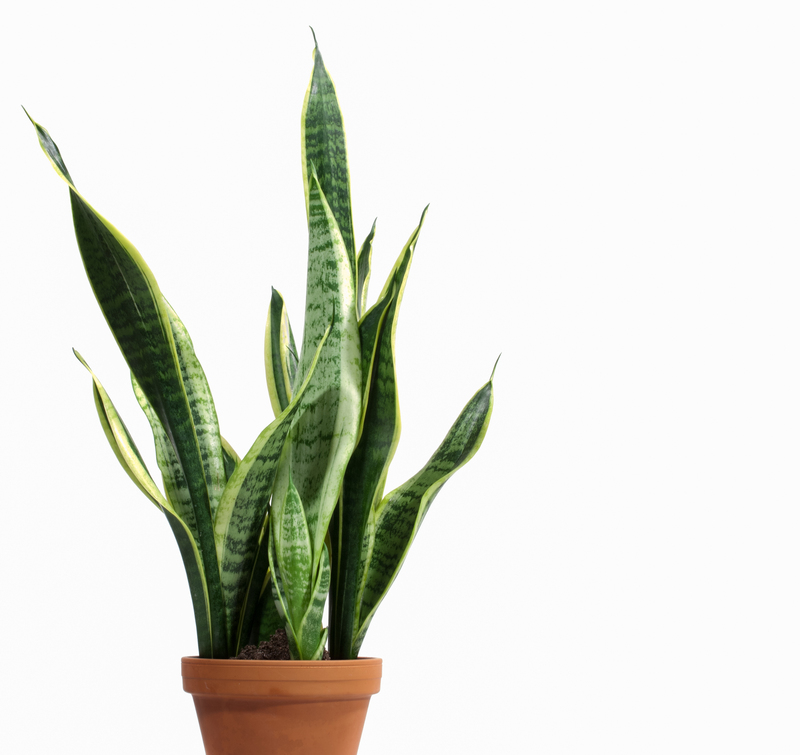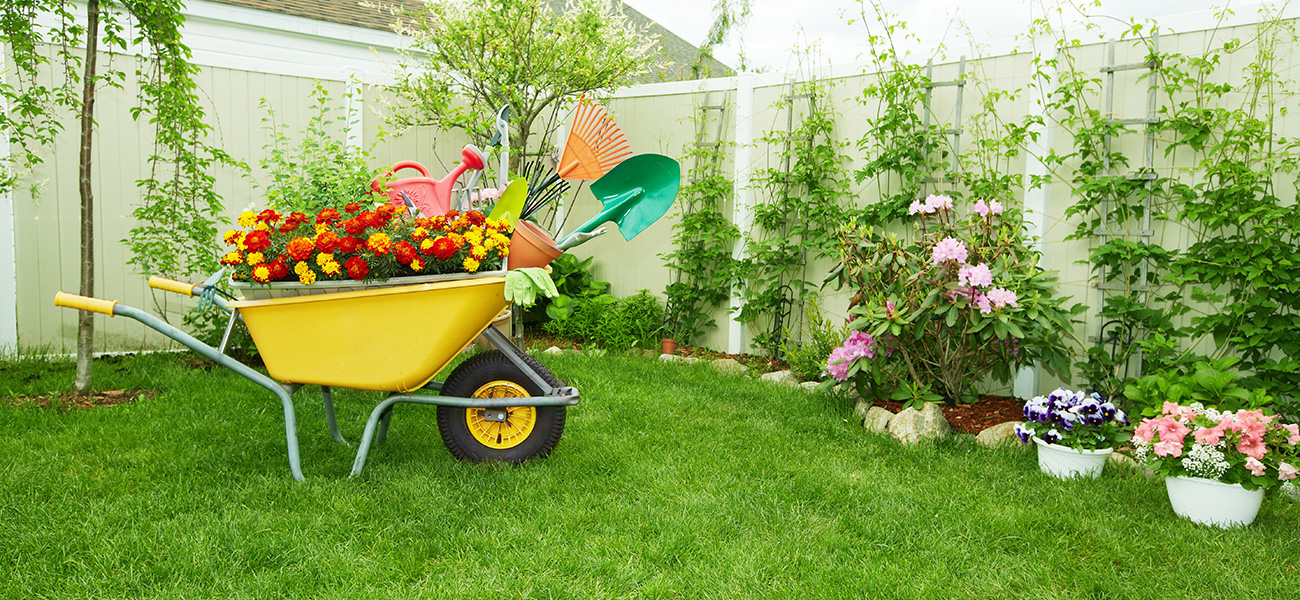Master the Art of Orchid Care with these Essential Tips
Posted on 27/06/2025
Master the Art of Orchid Care with These Essential Tips
Orchids are renowned for their exquisite blooms and captivating beauty, making them a favorite among plant enthusiasts worldwide. However, mastering the art of orchid care can seem daunting to newcomers. This comprehensive guide will reveal essential tips and advanced techniques to help you cultivate thriving, healthy orchids year-round. Whether you're a beginner or an experienced gardener, you'll discover valuable insights for every stage of orchid growth.
Understanding Orchids: A Brief Introduction
With over 25,000 species and more than 100,000 hybrids, orchids are one of the largest flowering plant families on Earth. Originating from nearly every continent, their unique root systems and stunning flowers make them fascinating companions for indoor and outdoor gardens alike.
- Epiphytic Orchids: Most houseplant orchids, such as Phalaenopsis (moth orchids), are epiphytes that grow on trees and absorb nutrients from the air and rain.
- Terrestrial Orchids: These grow directly in soil and are less common as houseplants.
Understanding your orchid's natural habitat is the key to providing optimal care!

Essential Tips for Successful Orchid Care
1. Choose the Right Orchid Variety
For beginners, start with resilient varieties like Phalaenopsis (moth orchids), Cattleya, or Dendrobium. These are forgiving and widely available, making them ideal for those mastering orchid care for the first time.
- Phalaenopsis: Easy-going and blooms for months.
- Dendrobium: Adaptable to various indoor conditions.
- Cattleya: Known for their colorful, fragrant flowers.
2. Provide Adequate Light
Lighting is crucial for healthy orchid growth. Most orchids prefer indirect, filtered sunlight. Direct sun can scorch leaves, while too little light hampers blooming.
- East or west-facing windows are ideal for optimal light exposure.
- If grown under artificial lights, choose full-spectrum LED or fluorescent bulbs for best results.
- Leaves should be light green, not dark or yellowish, indicating proper lighting conditions.
3. Mastering the Watering Routine
How often do you water orchids? Overwatering is the most common mistake. Orchids prefer moist, not soggy, roots. Here's how to master your watering schedule:
- Water once a week in most climates; twice during hot or dry periods.
- Allow the potting medium to partially dry before watering again.
- Use room-temperature, filtered water, or let tap water sit overnight to remove chlorine.
- Avoid letting water sit at the base of leaves or in the crown. This can lead to rot.
Tip: Use the 'finger test': Insert your finger 1-2 inches into the potting mix. If it feels dry, it's time to water.
4. Choosing the Best Potting Mix
Orchids need excellent drainage and airflow around their roots. Standard soil is too dense for most varieties. Some top mediums include:
- Bark chips: Mimic natural environments and provide superior drainage.
- Sphagnum moss: Retains moisture but needs careful watering to prevent root rot.
- Coconut husk, perlite, or charcoal: Often mixed with other mediums for aeration.
5. Fertilizing Orchids the Right Way
Balanced nutrition is essential for encouraging robust growth and abundant blooms. Use a balanced orchid fertilizer (such as 20-20-20) at half-strength every two to four weeks during active growth (spring and summer).
- Flush the potting mix monthly with plain water to prevent salt build-up.
- Ease off fertilizer during the plant's rest period (fall and winter).
6. Regulate Temperature and Humidity
Orchids prefer warm, humid environments, similar to their natural habitats. Maintaining the right temperature and humidity helps prevent stress and disease:
- Temperature: Most prefer daytime temps between 65-80?F (18-27?C) and nighttime temps about 10?F (5?C) cooler.
- Humidity: Orchids thrive in 40-70% humidity. Place your orchids on a tray of water and pebbles, or use a humidifier.
Tip: Mist your orchids in the morning to avoid fungal problems and ensure adequate air movement.
7. Pruning and Repotting Your Orchids
- Pruning: After blooming, trim spent flower spikes. For Phalaenopsis, cut just above a node to potentially spark a new flower spike.
- Repotting: Orchids need repotting every 1-2 years or when the potting media breaks down. Use a transparent pot to monitor root health and ensure sunlight exposure.
Troubleshooting Common Orchid Problems
Addressing Yellow Leaves
If your orchid's leaves are turning yellow, this commonly signals:
- Natural leaf aging (lower leaves only)
- Overwatering or root rot
- Not enough or too much sunlight
- Nutrient deficiencies
Adjust watering, reposition your plant, and check fertilizer routines to address yellowing leaves.
Dealing with Pests and Diseases
Orchids can be susceptible to pests like mealybugs, spider mites, and scale. Here's how to keep your plants pest-free:
- Inspect plants weekly, especially under leaves and at the base of stems.
- Remove insects with a cotton swab dipped in rubbing alcohol.
- Use insecticidal soap or neem oil for severe infestations.
Fungal and bacterial diseases are curbed by maintaining good airflow and ensuring leaves remain dry. Remove infected leaves and sterilize tools between uses.
Encouraging Blooming
Some orchids need temperature fluctuations to initiate blooms. Try reducing night temperatures by 8-10?F (4-6?C) for two weeks in the fall. Ensure your plant isn't stressed by improper care.
Advanced Orchid Care Tips
Mounting Orchids
Certain advanced growers enjoy mounting orchids on cork slabs or tree branches, mimicking their natural epiphytic state. This approach increases humidity around roots and delivers a naturalistic display.
- Mist daily and soak the mount weekly in water in dry climates.
- Best for high-humidity homes and experienced growers.
Propagation Techniques
Propagating orchids is possible via division, keikis (baby plantlets), or tissue culture. Division is most effective for sympodial types like Cattleyas. Use sterilized tools and care for new divisions as you would mature plants.
Monitoring Orchid Health
Regularly inspect roots--healthy orchid roots are firm, plump, and green or white. Badly shriveled or brown roots indicate issues. Leaf texture, turgor, and blossom health also signal overall plant vitality.

Beginner's Orchid Care FAQs
-
How long do orchid flowers last?
Depending on the variety and care, blooms can last from several weeks to several months. -
Why are my orchid's aerial roots growing above the pot?
Aerial roots are normal and help with air absorption. Do not cut them off. -
How do I make my orchid rebloom?
Provide adequate light, maintain a regular feeding regimen, and introduce a mild overnight temperature drop in the fall. -
Can I grow orchids outdoors?
Many orchid types thrive outdoors in temperate to warm climates with filtered sun and good air circulation. Always shelter them from extreme heat and cold.
Summary: Nurture Your Orchid with Confidence
Mastering the art of orchid care boils down to understanding your plant's natural needs and responding with thoughtful, consistent care. Be patient--orchids reward attentive gardeners with extraordinary, long-lasting blooms and elegant foliage. By following these essential orchid care tips, you'll become an orchid expert, dazzling friends and family with your green-thumb prowess.
- Light: Indirect, filtered sunlight encourages strong growth & regular blooms.
- Water: Consistency and optimal drainage prevent root rot.
- Humidity & Temperature: Mimic tropical environments for best results.
- Feeding: Proper nutrition fosters vigorous plants and more flowers.
Ready to embark on your orchid-growing journey? With the right knowledge, patience, and a little experimentation, you'll master orchid care and enjoy these exotic beauties for years to come. Happy growing!



